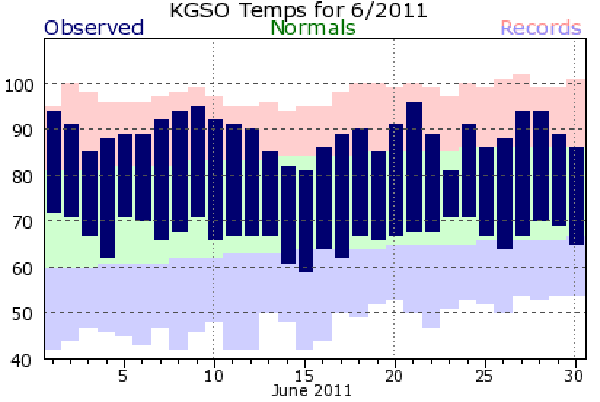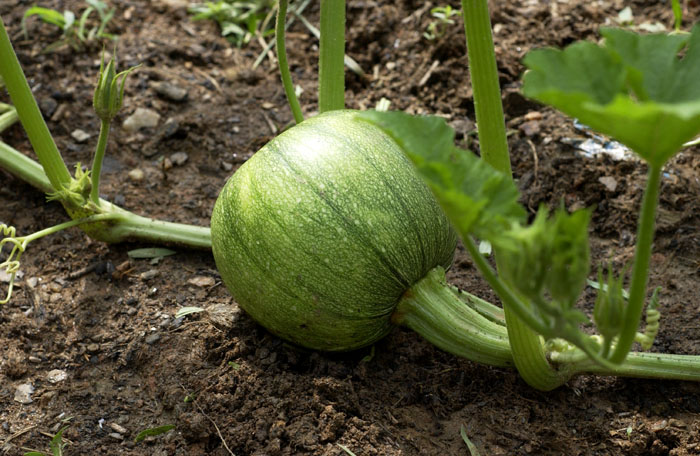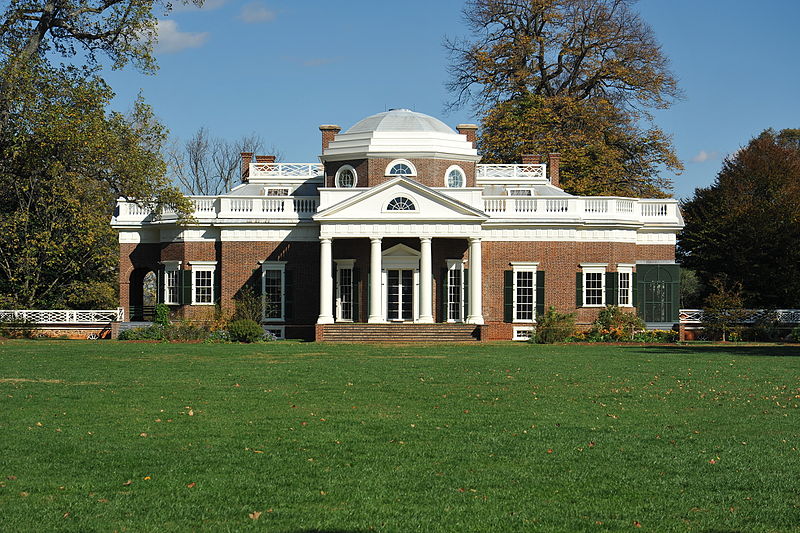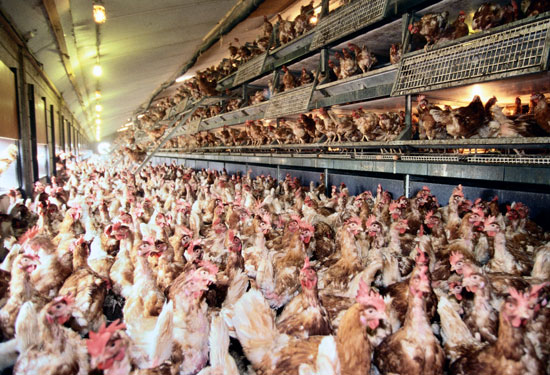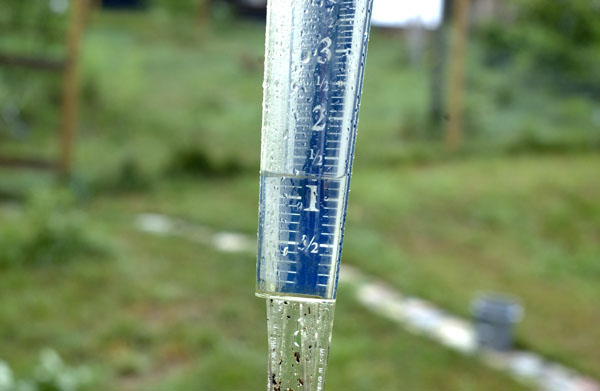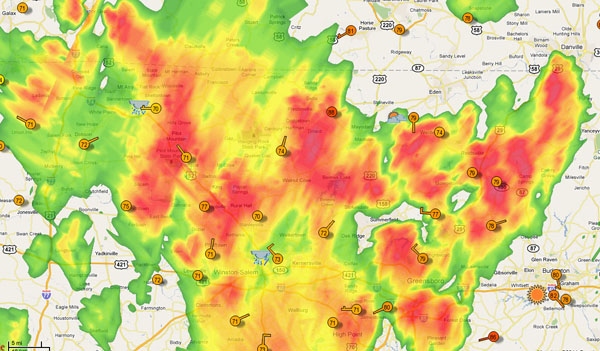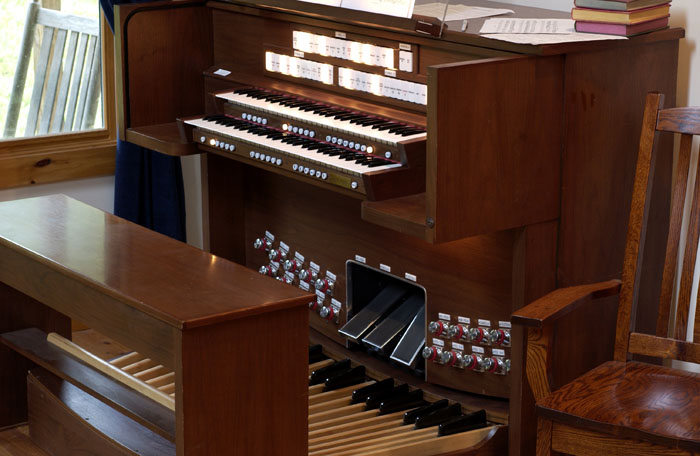
Rodgers Cambridge 730, made in 1992
For a long time, I’ve known just what sort of organ I really want. It needed to be a Rodgers, because Rodgers has such a sterling reputation. I’m talking about electronic organs, of course. There’s no way I could afford a wind instrument. I wanted a Rodgers made after 1990, because that’s when Rodgers switched from analog technology (oscillators — an artificial, synthesized sound) to digitally sampled pipe organ sounds. The post-1990 Rodgers organs also have MIDI interfaces, which allows the organ to be controlled (and played, like a self-playing instrument) by a computer connected to the organ. I also wanted an organ with at least one 32-foot stop (I’ll explain what that is in a second). And I wanted a classical instrument, not a theater organ.
I kept hoping that such an organ would jump into my lap, at a price I could afford. One did. The organ was being abandoned by a church about 20 miles from here that has changed to a different kind of music. They just plain didn’t want the organ anymore. It was taking up too much room up front on the platform that they call “the stage.” Anyway, their loss is my gain.
Rodgers has an interesting history. The company was started in 1958 by some nerds from Tektronix. For a while they were owned by CBS, which also owned Steinway. In 1988, they became a subsidiary of the Roland Corp. — good sound engineers, they.
This 1992 organ is by no means obsolete. It has only been out of warranty for eight or nine years. It uses the same digital sampling technology that Rodgers still uses today. They call it “Parallel Digital Imaging.” Using several microphones, they record the sound from thousands of individual organ pipes, each pipe separately. When you touch a key, you hear the sound of actual organ pipes. Each pipe sound is played through a minimum of two speakers for a kind of stereo effect. My organ has six audio channels (two for each keyboard and two for the pedals) and requires a minimum of six speakers, though it came with 10. There are two subwoofers, each weighing 92 pounds. The other eight speakers are of more normal size, 40 pounds each. That’s 500 pounds of speakers, plus about 650 pounds for the organ console. It was no easy moving job. And it does make a mighty sound, though it also can be very quiet and sweet. I was prepared for this. I knew before I built Acorn Abbey what kind of organ would eventually be here, so I made sure that the house had an appropriate place for the console (in the living room) and the speakers (upstairs). I put wiring in the walls for the speakers when the house was being built.
The subwoofers are there for the 32-foot pedal stop. Not all organs have 32-foot stops — only larger organs. With a 32-foot stop, the longest pipe in the rank is 32 feet long. This produces a very low note — 16 cycles per second, too low for human hearing. Nor can recordings of organ music capture this sound, because few stereo systems support frequencies that low, and I believe frequencies that low are outside the specification for CD recordings. But the sound can be felt, as a kind of vibration in the room. This profound organ sound is something you’ll only experience when you’re in the same room as a large organ. The organ is the only musical instrument that can make a note that low.
The abbey’s new Rodgers 730 is a more competent organ than I am organist, to tell the truth. But I’m practicing to work on gaining technique that I’ve lost over the years. And of course the computer will be able to play what I can’t play.
I’ll post YouTube videos of me, or the computer, playing the organ in coming weeks.
Note: It’s probably misleading that I call my house an abbey, and there’s a church organ in it. Though I value much of the cultural and community work that churches do, I consider myself a pagan, like my Celtic ancestors before Rome with its armies and bishops came around and stomped all over everyone.






